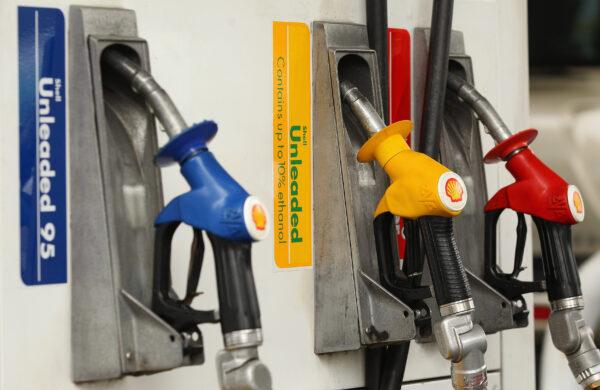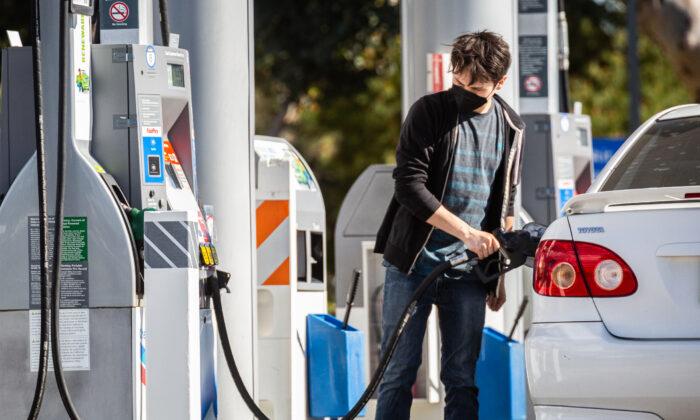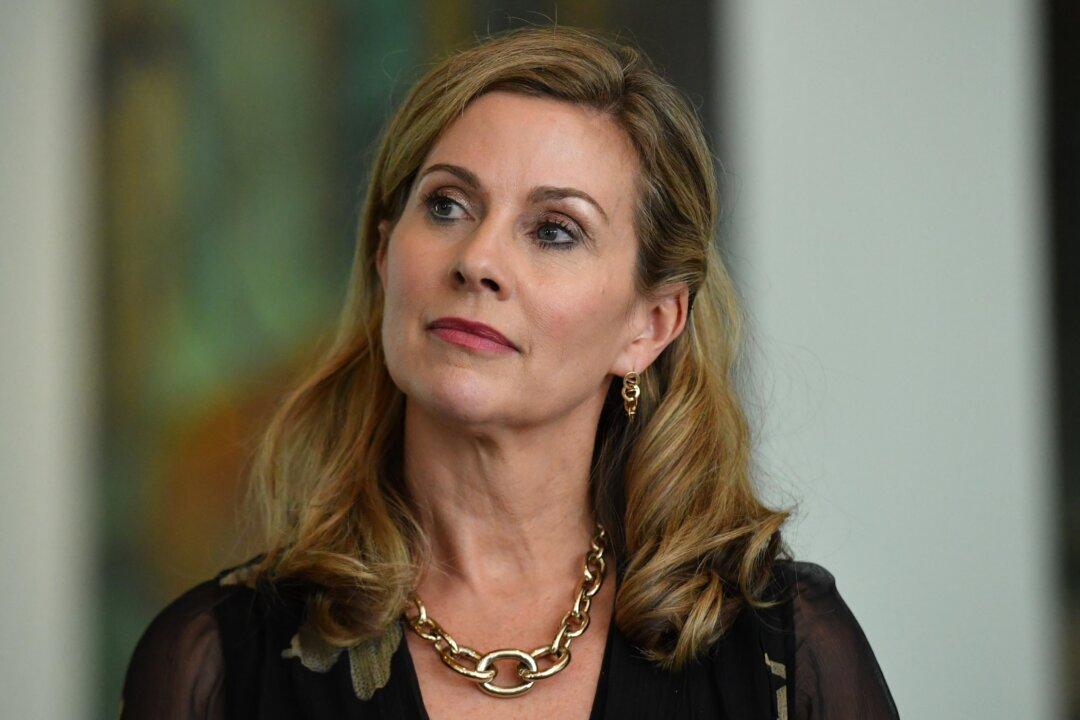The Russian invasion of Ukraine, on top of the refusal of OPEC nations to increase crude oil production, pushed February prices for Australian petrol prices in the five largest capital cities to an eight-year high.
This is the highest inflation-adjusted level since 2014, at a time of strong international demand, conflicts in the Middle East and Ukraine, and a lower Australian exchange rate.
In the first half of March, prices have accelerated towards 220 cents a litre, surpassing the previous record, with no signs of slowing.
In June 2008, during the Global Financial Crisis, daily average prices reached an equivalent to 213 cents per litre (US$5.87 a gallon) in today’s dollars.
Australian retail petrol prices are largely determined by international refined petrol prices and the Australian-U.S. dollar exchange rate.
“Crude oil prices have been climbing sharply since late-2020, and prices at the bowser here have followed,” Sims said.

In the 12 months between the December quarter 2020 and 2021, average retail petrol prices increased by 41.4 cents per litre or about 34 percent.
Retail petrol prices consist of three factors: Mogas 95, the regional benchmark price of refined petrol, excise and GST taxes, and other costs and margins.
Mogas 95 and taxes accounted for 86 percent of the average price of petrol in the December quarter of 2021.
“It is tempting to point the finger at petrol retailers when prices are very high, but our data shows that late last year 86 cents of every dollar spent by consumers at the bowser was outside of the retailers’ control,” Sims said.
The federal government has faced calls to consider measures in the upcoming federal budget, to be revealed at the end of March, including cutting excise tax—currently at 44 cents per litre.
However, Liberal MP Tim Wilson said tax adjustments would not make any radical price changes.
Prime Minister Scott Morrison said the answer to the calls would be revealed in the budget but noted that an excise cut would not affect the fluctuations currently occurring.





